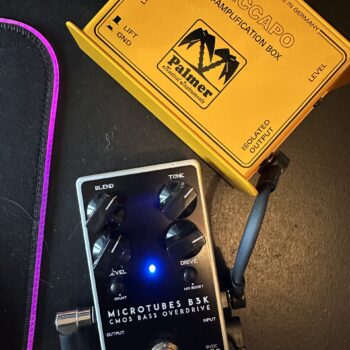Neural Amp Modeler is probably the most innovative open-source project ever created in the world of music plugins and effects. I don’t think I’ve ever seen anything like it: truly open and with such a massive impact on innovation in music production. In short, it’s a deep learning project designed to create models of real amps and pedals that you can then use as plugins in any DAW. The project became such a game-changer that many software companies started adding similar features to their latest plugins using the same code provided by the project. Just visit the Neural Amp Modeler website to see how many companies have jumped on the bandwagon.
In its early stages, creating a model required a series of pretty technical steps. There was (and still is) a fairly detailed guide to walk you through the process, but honestly, it wasn’t something everyone could manage. My issue, for example, was laziness. I just couldn’t be bothered to follow the entire process — and to be fair, I tried with little success, eventually giving up on the idea of profiling my gear.
But then came the genius move: enter Tone3000. The project grew, a community of dedicated users emerged, and the original ToneHunt portal evolved into Tone3000, now featuring a super handy model creation tool. The process is simple: just upload your Dry and Wet signals, add some metadata about your capture (gear model, settings, equipment used…), and let the site handle the rest.
The news about this model creation feature got me excited to try profiling my gear again. So, I managed to create the profiles you can find on my profile on Tone3000:
- Darkglass Microtubes M3K pedal
- Mark Bass Little Mark Limited Edition head
- Trace Elliot GP7SM 130 head
- Full rig of an ENGL Powerball + ENGL Cabinet + SM58 microphone (resurrected from the 2013 reamp session for first Deimos album)
The results were seriously impressive: the bass gear profiles are IDENTICAL to the physical reamps — it’s insane how well they captured the sound. The guitar reamp model was a bit less precise, but I guess that’s to be expected with a mic’d reamp. The bass gear models were done using direct jack/XLR outputs from the pedal and amp heads, which probably explains the higher accuracy.
If you’re into messing around with real gear amp reamps, this community is waiting for you!






comments